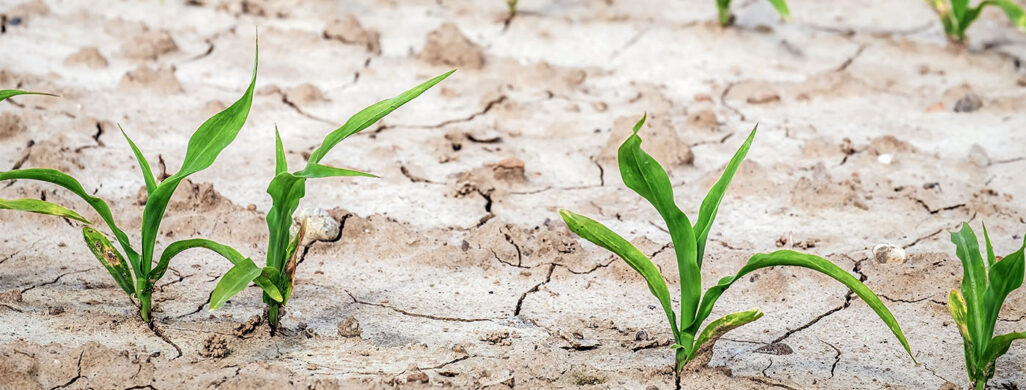Flash drought — A multivariable approach to understanding drought impacts
In the last decade, droughts in the US resulted in more than $56 billion in crop losses and water scarcity and created the perfect conditions for igniting wildfires. Understanding how and when droughts form is key to helping farmers, communities and policy makers develop resilience through improved planning and monitoring capabilities.

Jason Otkin is a researcher at the University of Wisconsin–Madison Cooperative Institute for Meteorological Satellite who has been researching drought for more than a decade. He has received a grant from the National Oceanic and Atmospheric Administration Climate Program Office to collect more data on a phenomenon known as flash drought, or drought that develops and intensifies over a short period of time.
Droughts that develop over long periods of time – from months to years – are familiar to most people. But flash droughts can develop in a compressed timeframe – from weeks to months – and can serve as a harbinger for persistent, and parched, conditions to come.
The existence of drought is often recognized in hindsight when crops have withered and water supplies evaporated. Otkin wants to change that.

“Being able to identify when and where flash droughts will develop is crucial to give farmers lead time to prepare for drying conditions,” says Otkin. “In 2012, parts of the US went from being drought-free in June to extreme drought by the middle of July. This is a classic case of how quickly they can form.”
The three-year project is a collaboration with researchers at the University of Illinois. It will be a synthesis of Otkin’s research to date with the goal of creating a framework for monitoring flash droughts across the US. The resulting framework will be shared with the National Drought Mitigation Center at the University of Nebraska.
“What we want to do is take multiple data sets and develop a multi-variate flash drought climatology across the US,” says Otkin. “This includes flash drought severity, timing, characteristics and how their impacts cascade across the environment.”
Drought conditions and impacts vary widely and depend on a number of variables like soil moisture content, evapotranspiration and precipitation, all of which affect the severity, duration and intensification of a drought. Typical drought studies have focused on a single parameter, but Otkin believes it is important to look at all aspects and to build an intensity index as a way to quantify the risks.
The ultimate goal is to help mitigate the impacts of drought and flash drought to maintain global food production and ease food insecurities in the US and elsewhere.
“It affects everyone,” he says.
This work is supported by NOAA Climate Program Office.
